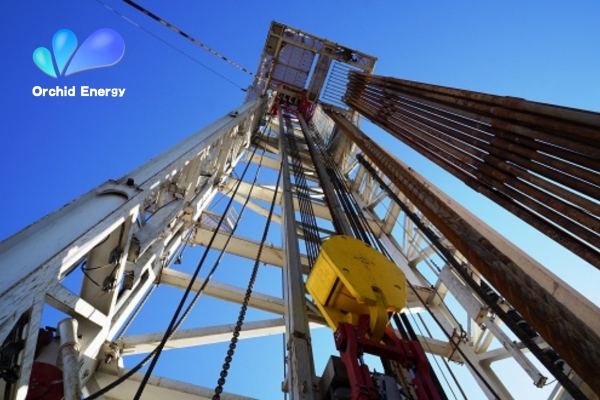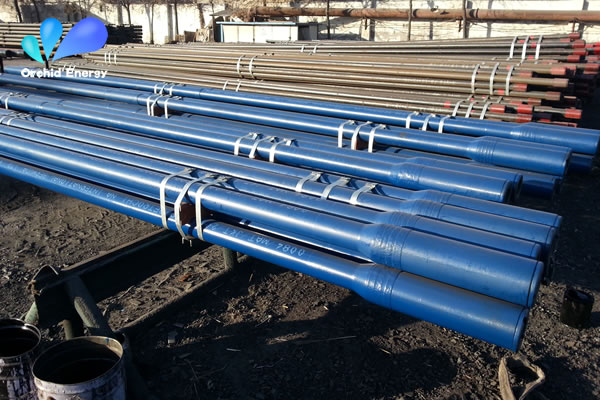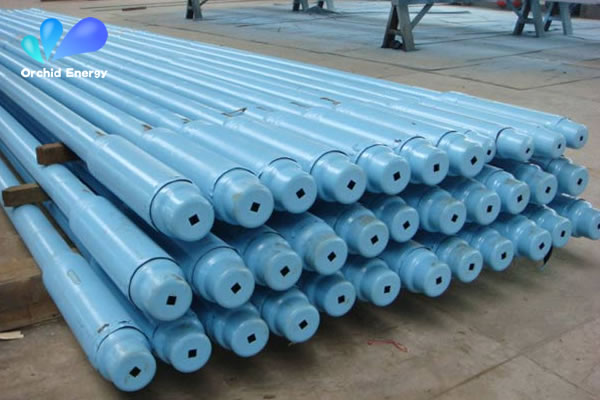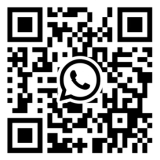Understanding the Importance of a Drill String in the Oil and Gas Industry

What is a Drill String?
A drill string can be defined as a series of connected pipes, joints, and other drilling tools that transmit power and rotational force from the drilling rig to the drill bit. It is typically comprised of three main components: the drill pipe, drill collars, and the drill bit. Each component serves an essential purpose in the drilling process.

1. Drill Pipe:
The drill pipe is a hollow, seamless steel tube that connects the surface drilling equipment to the drill bit. It acts as a conduit for drilling fluids, such as mud, which is pumped down through the drill string to cool the drill bit, carry cuttings to the surface, and provide stability to the wellbore. The drill pipe is designed to withstand high pressure, torque, and tension, making it a critical element in the drilling process.

2. Drill Collars:
Drill collars are heavy, thick-walled steel pipes that are attached to the bottom end of the drill string, just above the drill bit. Their primary purpose is to provide weight on the drill bit, helping it penetrate the rock formations efficiently. The added weight makes the drill bit more stable and aids in the drilling process by reducing vibrations and ensuring accurate wellbore placement.

3. Drill Bit:
The drill bit is the cutting tool at the bottom of the drill string, responsible for creating the hole in the formation. The type of drill bit used depends on the specific geological conditions encountered during drilling. Drill bits come in various designs, including roller cone bits and diamond bits, each suited for different rock formations and drilling requirements.
Importance of a Drill String:
1. Transmits Power and Torque:
The drill string acts as a conduit for transmitting the rotational force and power from the drilling rig to the drill bit. This enables the drill bit to penetrate the rock formations and extract the desired resources efficiently.
2. Provides Stability:
By adding weight to the drill bit, the drill collars increase stability, reducing the potential for deviation or veering off course during drilling. This ensures that the wellbore follows the desired path, enhancing productivity and safety.
3. Facilitates Fluid Circulation:
The drill string enables the circulation of drilling fluids, essential for cooling the drill bit, removing cuttings, and maintaining wellbore stability. Effective fluid circulation is crucial for preventing formation damage and ensuring the overall success of the drilling operation.
4. Enables Drilling Performance Monitoring:
Sophisticated drilling rigs are equipped with sensors and instruments that monitor various parameters, such as weight on the bit, torque, pressure, and vibration. By transmitting these measurements through the drill string, engineers can analyze the data in real-time and optimize drilling operations for maximum efficiency and safety.
Conclusion:
The drill string is a critical component in the oil and gas industry, allowing for efficient and successful drilling operations. As we have explored in this blog, its primary functions include power transmission, stability provision, fluid circulation, and real-time monitoring. By understanding the importance of a drill string, stakeholders can better appreciate the intricate processes involved in extracting valuable resources from beneath the Earth's surface, ensuring a sustainable energy future.




